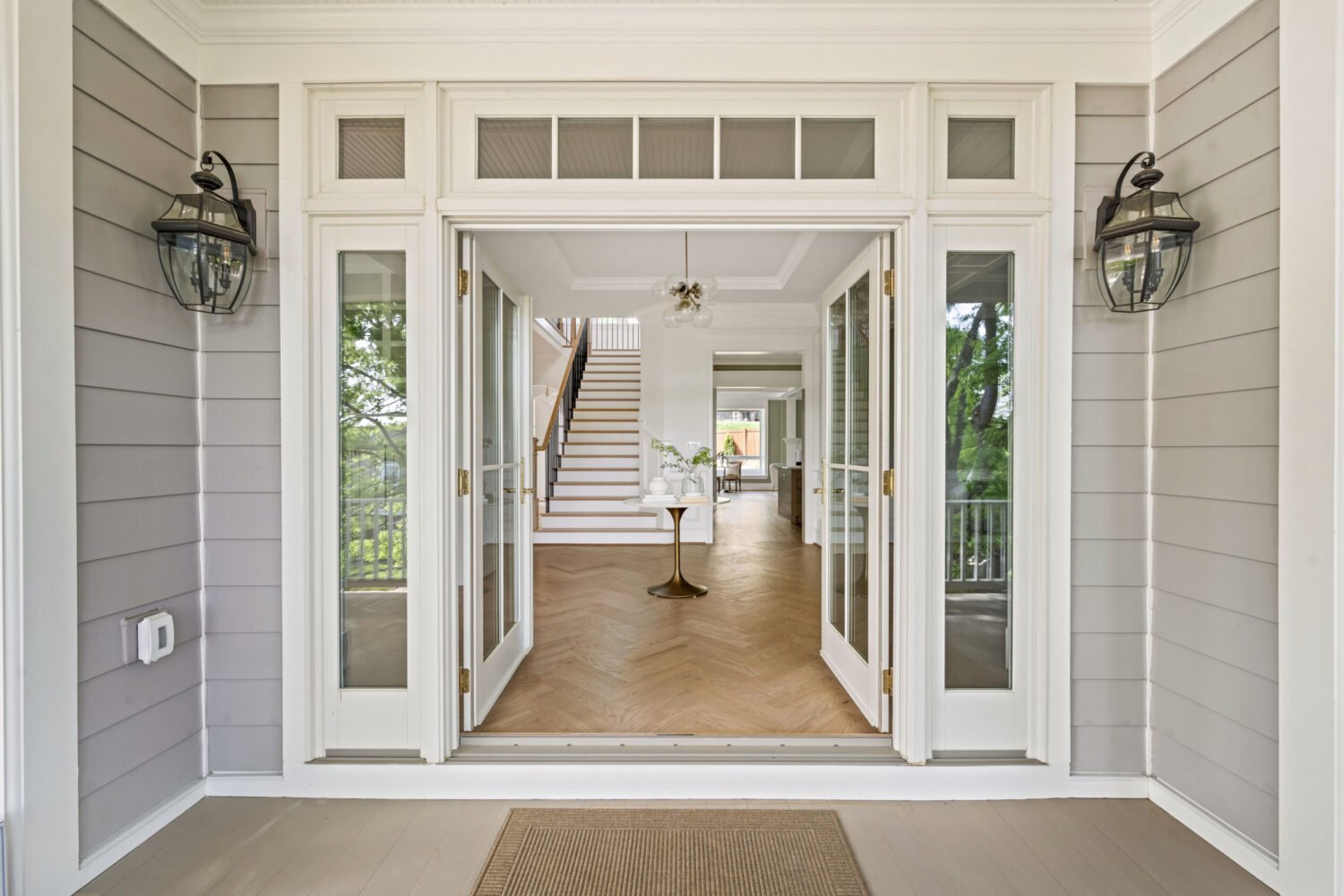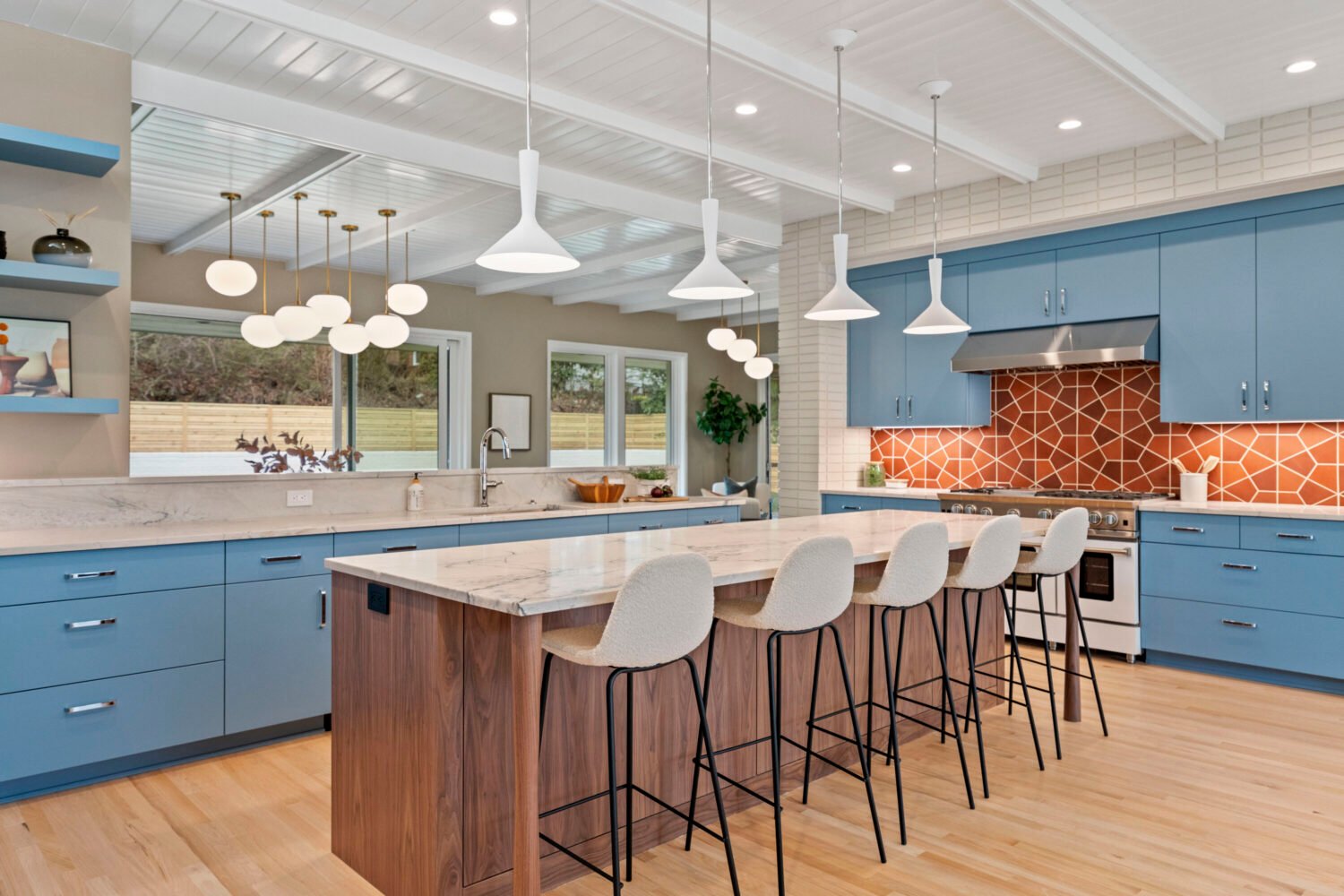It’s an understatement to say the mortgage process is confusing. Sometimes I felt like I was talking to my Army Reserve sister, who speaks fast and only in acronyms. Did I want a five-year COFI ARM? How about a 30-year IO? Maybe an 80/20 piggyback loan to avoid the MPI?
As a fairly educated person who just went through her first mortgage process, I find the current housing mess easy to believe. Yes, homebuyers must educate themselves before signing papers, but it’s almost like telling people they need to pass a computer-programming course before buying an iBook.
Learning the ropes was an ad hoc process. Given more time, I would have checked out some books, but I found my house faster than I expected, so I needed information quickly. Naturally, I did a lot of googling. Reading different sites’ explanations of the same terms was the most helpful. Personal-finance blogs also turned out to be a great resource (Get Rich Slowly is a favorite). Eventually, it started to sink in.
I also spent a lot of time talking to friends and co-workers, though I know only a handful of people who’ve purchased property (this is DC after all, and that first bar is a high one). Their stories helped me figure out my priorities when it came to a mortgage—from how long I planned to live in the house to my views on investing.
Of course, the plan I was building for myself went out the window when I found my fixer-upper. If you noticed in the photos from last week, it didn’t have appliances, nor proper flooring, nor any heating system. It was legally uninhabitable which means conventional mortgages were not an option.
My mortgage lender suggested a construction loan. She didn’t know much about it, so she had to call in representatives from her corporate office to work with me. My real-estate agent had never had a client use that type of loan either, and I couldn’t find a friend who’d ever heard of it, so I was deep in the weeds at square one.
The loan is called an FHA 203(k) and is offered through a mortgage program run by the US Department of Housing and Urban Development to encourage folks like me to buy houses that need a little more love than a new coat of paint. The program gives you money upfront to invest in a house, which means a bigger loan amount. But once you’ve done the repair work, the hope is that the house will be worth significantly more, and you’re handed tens of thousands of dollars in instant equity (read: free money) in just a few months. If you’re thinking a construction loan sounds even more complicated than a standard mortgage, you’re absolutely right. Complying with the terms of my FHA has been almost as difficult as doing the construction work.
There are different ways to work this kind of program, but naturally I chose the most complicated. Before I closed on the house, I had to compile a strict budget for the work needed to make the house habitable. This meant spending eight to ten hours a week meeting contractors, flooring guys, HVAC teams, and general repairmen in a house I hadn’t even purchased. Not to mention the hours I spent on Lowes.com picking out the fridge, stove, washer/dryer and other supplies (okay, that last part was actually pretty fun).
Above the purchase price of the house, I qualified for $20,000 for the work. The reason my way was more complicated was that if my construction estimates were over this amount, the whole deal was finished. The “easy” way is simply to have an appraiser come to the property, tell you what work needs to be done and write you an estimate. If that estimate had been $20,000.01, I would have had to say goodbye to my little fixer-upper. On the other hand, if I took extra time upfront to find the best (but still quality) deals for contractors and appliances in town, I could make sure I made it under budget.
There are a few other catches to an FHA. I was given only half the money at the start, so I had to finance about $11,000 until the work was completed and approved by my lender, who then sent a check for the other half. Let’s just say I got a lot of frequent-flyer miles out of that. The FHA also comes with a slightly higher interest rate and a time limit on the construction work to encourage you to get the work done as fast as possible and refinance (with your new, higher valued home) into a more sustainable monthly payment with a lower interest rate. The government theory is that this helps revitalize neighborhoods quickly by people who intend to stay there (the FHA requires the purchaser to be the resident; i.e., it can’t be an investment flip).
And that, friends, was the really grueling part of this fixer-upper story. If you got through all that, then we can start with the real fun. Bring in the sledgehammers!
To read Heather's home adventures from the beginning, click here. Have your own story to tell about mortgages, loans, or anything else home-buying-related? Leave 'em in the comments.















